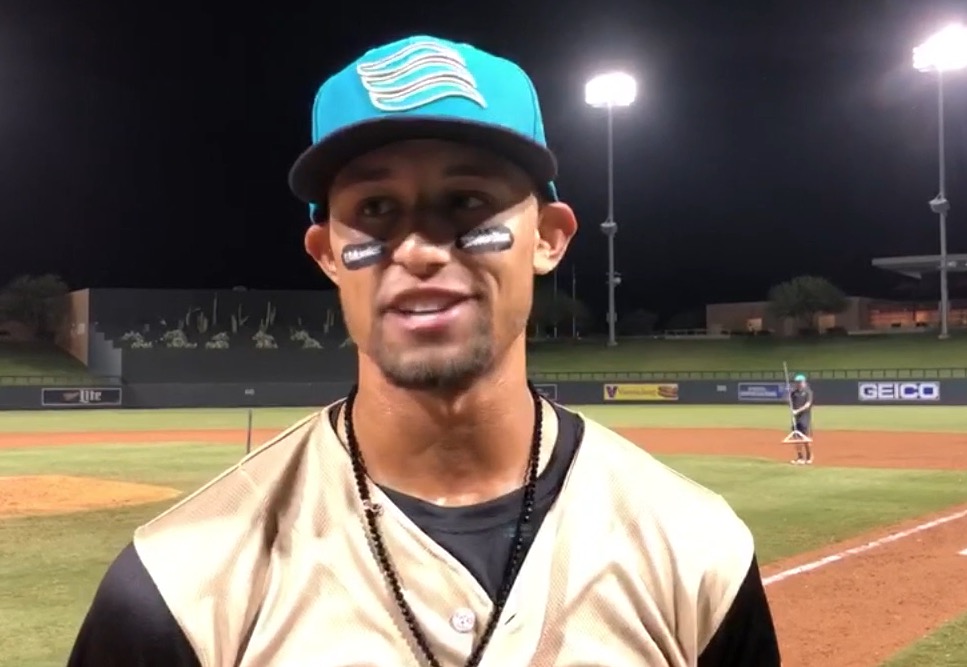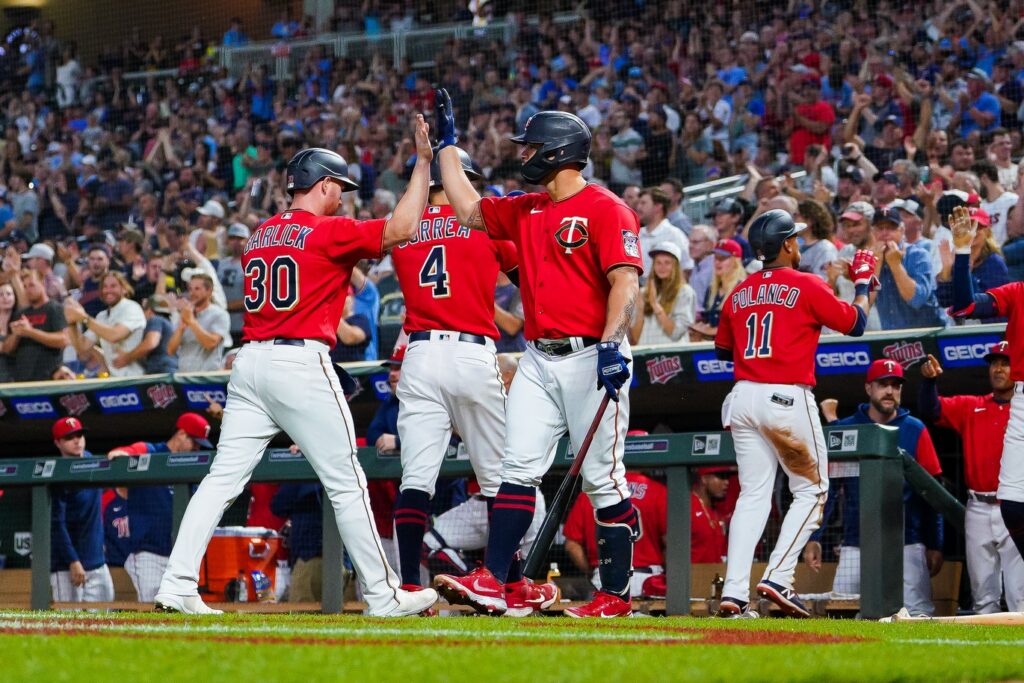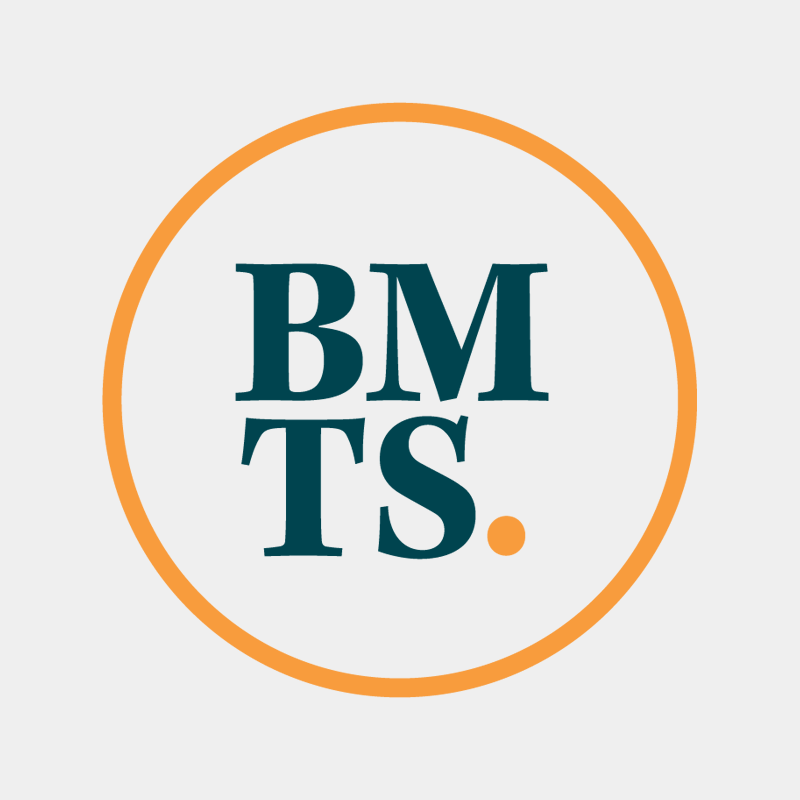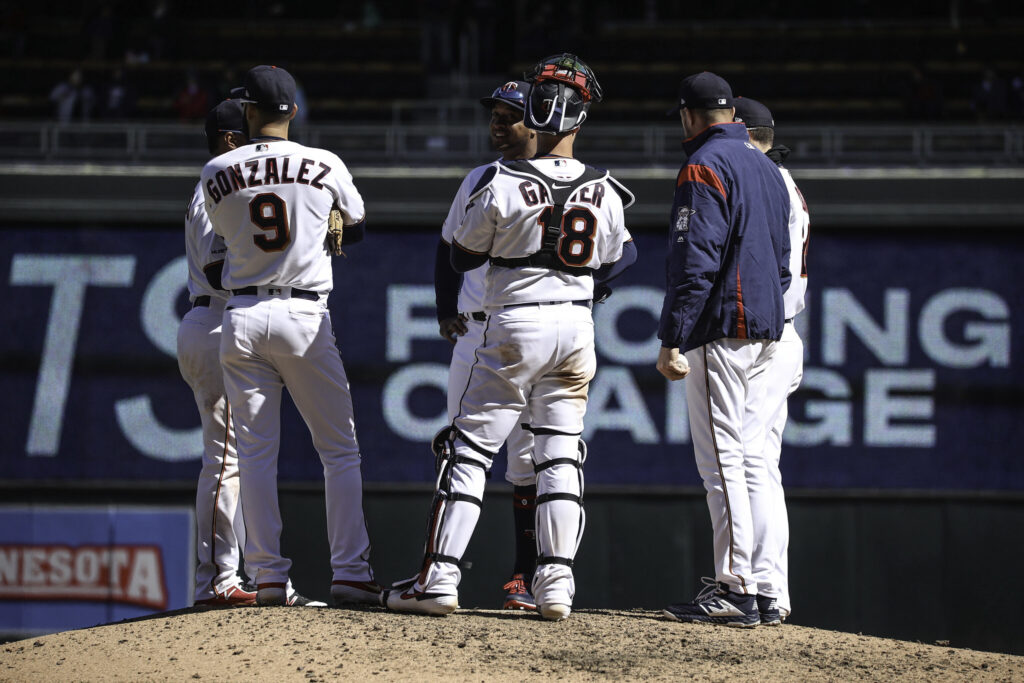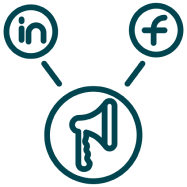
For small-market teams like the Minnesota Twins, the MLB Entry Draft is a prime opportunity to acquire talent. Without the ability to shell out massive contracts in free agency, a front office’s success hinges on how they do in the draft and more specifically, their first-round picks.
The 2021 MLB Draft will begin on Sunday and with the Twins holding the 26th overall pick, it’s a good time to see how the current front office of Derek Falvey and Thad Levine has done in the draft since they took over in 2017.
Royce Lewis
Falvey and Levine had an opportunity to put their stamp on the Twins with the first overall pick in the 2017 MLB Draft. While Hunter Greene had more star power, the Twins decided to take Lewis.
Lewis got off to a strong start in his first full professional season, hitting .292/.352/451 with 14 homers and 28 stolen bases between both levels of A ball in 2018.
But 2019 was a struggle for Lewis beginning with an oblique injury during Spring Training. Lewis hit .236/.290/.371 with 12 homers and 22 steals between High-A and Double-A and Twins coaches began re-tooling Lewis’s swing.
The adjustments had a short-term payoff when Lewis was the MVP of the Arizona Fall League in 2019 but lost two full seasons due to the pandemic and a torn ACL last February.
Lewis’s ups and downs have been frustrating for a top overall pick but Greene has had the same struggles, going 1-3 with a 6.23 ERA in Triple-A this season. While Lewis’ long-term role is less clear than it was before, he will likely make his major league debut sometime in 2022.
Trevor Larnach
Larnach has become the crown jewel of the Twins’ recent work in the draft. The 20th overall pick in the 2018 draft began the season in Triple-A and hit a home run so far the Twins decided to promote him.
It might not have worked like that but Larnach has shown promise to be an elite hitter. In 52 games, Larnach is hitting .262/.357/.436 with seven homers, but his most impressive statistic has been his OPS+.
OPS+ takes account for the ballparks players are hitting in, and an average player will record an OPS around 100. Larnach’s OPS+ of 123 is currently second on the Twins and would rank 46th among qualifying major leaguers.
For a player that basically skipped Triple-A and didn’t play last season, Larnach’s future looks incredibly bright.
Keoni Cavaco
The Twins went back to the high school route in 2019 when they selected Cavaco with the 13th overall pick. Another toolsy infielder, Cavaco projects as the Twins’ third baseman of the future but has plenty of athleticism to play shortstop.
While there are few questions about his ability, he’ll need to develop his bat to get to the majors. Cavaco hit .172/.217/.253 with one homer during the 2019 season and lost another opportunity to play in 2020.
The Twins have been optimistic about the work Cavaco did on his own last summer, the 20-year-old still needs to work on making contact with 75 strikeouts in 238 career plate appearances.
Cavaco recently returned from a concussion but is hitting .273/.353/.347 with one home run at Low-A Fort Myers.
Aaron Sabato
The Twins most recent draft pick shows they love players with power. Sabato set a North Carolina freshman record with 18 homers in 2019 and the Twins selected him with the 27th overall pick in the 2020 MLB Draft.
Unfortunately, that bat hasn’t translated into the Twins’ system. In 57 games at Fort Myers, Sabato is hitting .187/.377/.306 with just four home runs in 252 plate appearances.
Already 22 years old, the Twins had to be hoping for a smoother transition to professional ball for a player that is shaky defensively. To be the Twins’ first baseman of the future, Sabato will need to start hitting soon.


